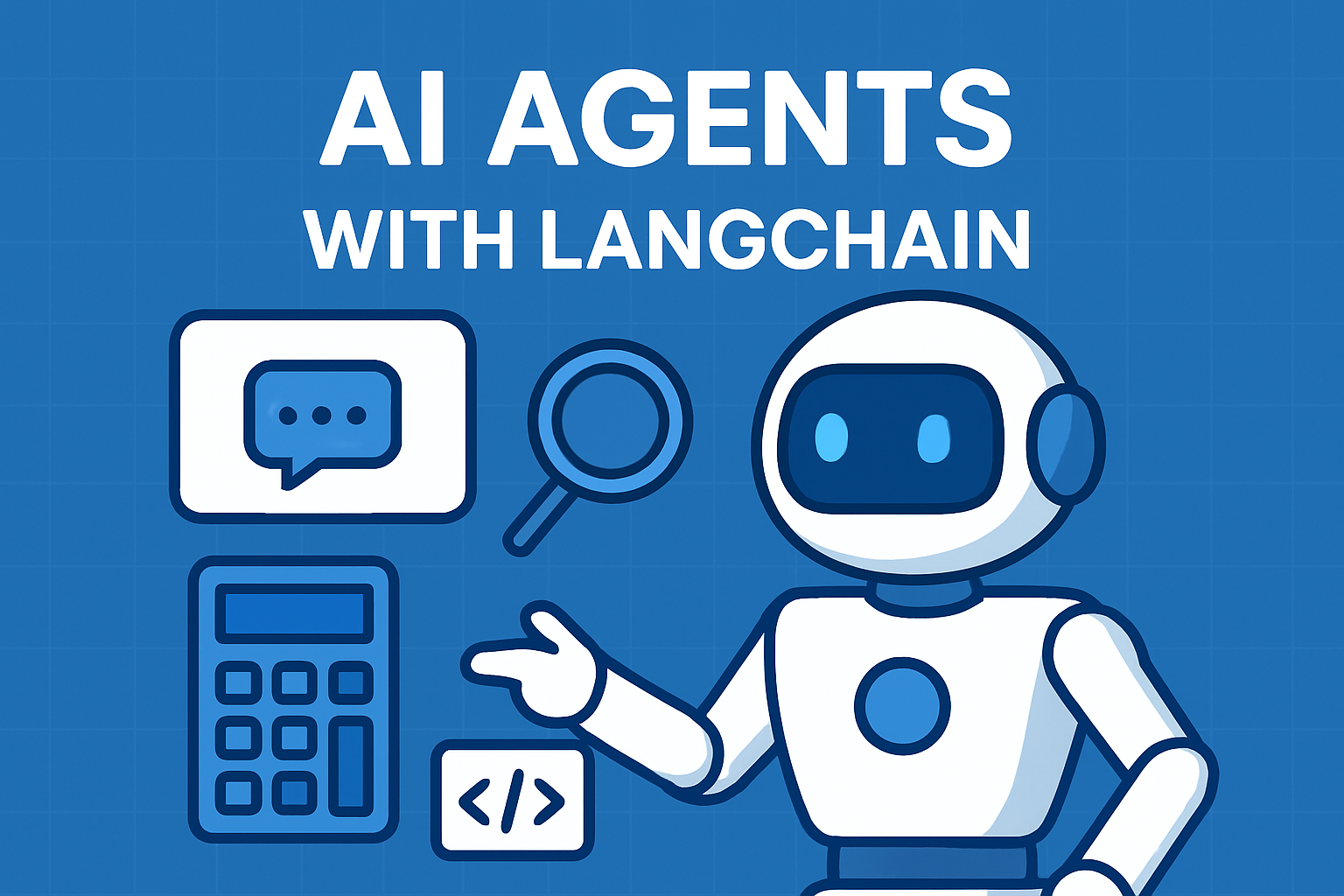[et_pb_section fb_built=”1″ theme_builder_area=”post_content” _builder_version=”4.24.0″ _module_preset=”default” custom_margin=”0px||0px||true|false” custom_padding=”0px||||false|false” hover_enabled=”0″ sticky_enabled=”0″ da_is_popup=”off” da_exit_intent=”off” da_has_close=”on” da_alt_close=”off” da_dark_close=”off” da_not_modal=”on” da_is_singular=”off” da_with_loader=”off” da_has_shadow=”on” da_disable_devices=”off|off|off”][et_pb_row _builder_version=”4.24.0″ _module_preset=”default” theme_builder_area=”post_content” width=”100%” hover_enabled=”0″ sticky_enabled=”0″ custom_margin=”0px||0px||true|false” custom_padding=”0px||0px||true|false”][et_pb_column _builder_version=”4.24.0″ _module_preset=”default” type=”4_4″ theme_builder_area=”post_content”][et_pb_text _builder_version=”4.24.0″ _module_preset=”default” theme_builder_area=”post_content” hover_enabled=”0″ sticky_enabled=”0″]In the ever-evolving landscape of technology, businesses are constantly seeking ways to leverage data to drive decision-making and gain a competitive edge. For many years, Business Intelligence (BI) solutions have been the go-to tools for analyzing historical data and generating insights. However, with the emergence of Artificial Intelligence (AI), the focus has shifted towards predictive and prescriptive analytics, enabling businesses to anticipate trends and make proactive decisions. So, when it comes to maximizing value for your business, which path should you choose: BI or AI?
Understanding the Difference
Before diving into the comparison, it’s essential to understand the fundamental differences between BI and AI:
Business Intelligence (BI)
BI focuses on analyzing historical data to provide insights into past performance and trends. It typically involves tools and processes for reporting, dashboards, data visualization, and ad-hoc querying. BI helps businesses understand what happened and why it happened, empowering them to make informed decisions based on past data.
Artificial Intelligence (AI)
AI, on the other hand, goes beyond descriptive analytics to predict future outcomes and prescribe actions. AI algorithms learn from data patterns and iteratively improve their predictions over time. AI encompasses various techniques such as machine learning, natural language processing, and computer vision, enabling businesses to automate tasks, uncover hidden insights, and drive innovation.
The Value Proposition of BI
BI offers several benefits that are invaluable to businesses:
1. Historical Analysis: BI tools provide a comprehensive view of past performance, allowing businesses to identify trends, patterns, and areas for improvement.
2. Operational Efficiency: By streamlining reporting processes and consolidating data from multiple sources, BI helps businesses save time and resources, enabling faster decision-making.
3. Data Visualization: BI dashboards and reports present complex data in a visually appealing and easy-to-understand format, facilitating better communication and collaboration across teams.
4. Compliance and Governance: BI solutions often include features for data governance and compliance, ensuring that sensitive information is handled securely and in accordance with regulatory requirements.
The Promise of AI
While BI remains a critical tool for retrospective analysis, AI offers additional capabilities that can drive business value:
1. Predictive Insights: AI algorithms can analyze historical data to forecast future trends, enabling businesses to anticipate market changes, identify opportunities, and mitigate risks proactively.
2. Personalization and Recommendations: AI-powered recommendation engines can deliver personalized experiences to customers, driving engagement, loyalty, and revenue.
3. Automation and Efficiency: AI enables businesses to automate repetitive tasks, streamline processes, and optimize resource allocation, leading to cost savings and operational efficiency gains.
4. Innovation and Competitive Advantage: By leveraging AI for advanced analytics, businesses can uncover new insights, develop innovative products and services, and stay ahead of competitors in rapidly evolving markets.
Finding the Right Balance
Ultimately, the decision between BI and AI depends on your business goals, resources, and the nature of your data:
Start with BI
: If your primary focus is on understanding historical performance and optimizing existing processes, BI may be the right choice. BI provides a solid foundation for data-driven decision-making and can deliver significant value with relatively low complexity.
Explore AI Opportunities
: As your business matures and data volumes grow, consider incorporating AI into your analytics toolkit. Look for opportunities to leverage AI for predictive modeling, automation, and innovation, but be mindful of the potential challenges around data quality, privacy, and ethical considerations.
Conclusion
In today’s data-driven world, both BI and AI play essential roles in helping businesses extract value from their data. While BI provides valuable insights into past performance and trends, AI offers predictive capabilities and automation opportunities that can drive innovation and competitive advantage. By understanding the strengths and limitations of each approach and finding the right balance between BI and AI, businesses can unlock the full potential of their data to achieve their strategic objectives and drive sustainable growth.[/et_pb_text][/et_pb_column][/et_pb_row][/et_pb_section]











